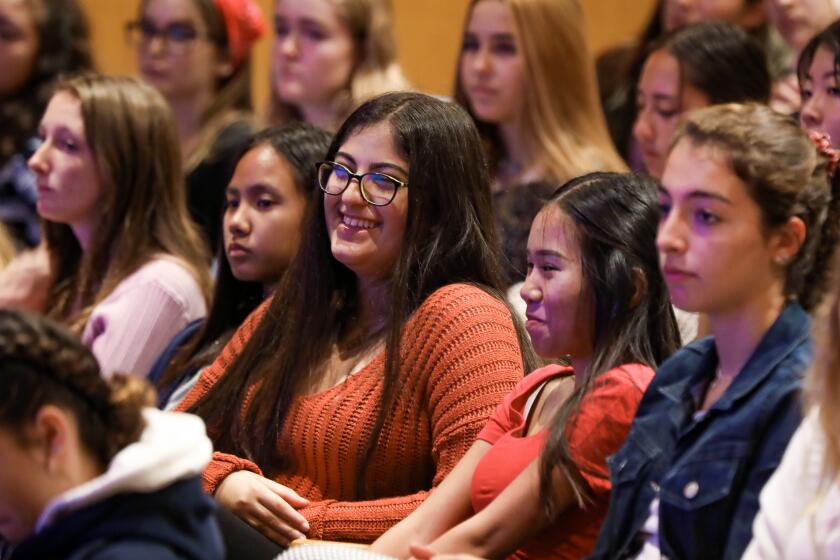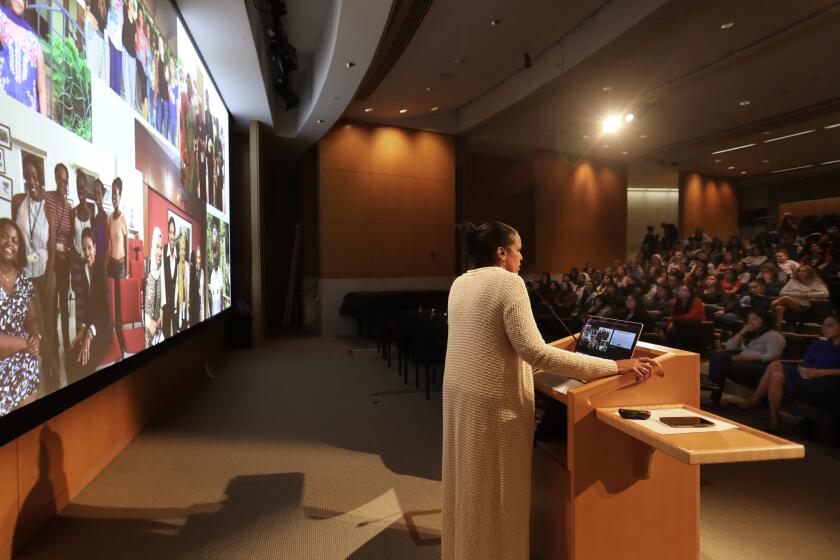San Diego Hmong mark New Year
Thanksigiving, courtship and celebration
(This story has been updated with more information on the Hmong role in the Vietnam War, and and a link to an description of that effort to the United States during the Vietnam War.)
It's the end of the harvest season. You're grateful for the year's blessings. And you've dressed up, because it's time to look for a mate.
This is what New Year's looks like for the Hmong community of San Diego, who mark their traditions carried over from Southeast Asia for their New Year's celebration this weekend.
Picture Thanksgiving combined with Valentine's Day and New Year's, spread out over several days, and you've got the idea.
The holiday took on new meaning after many Hmong were forced into exile after the Vietnam War. The Hmong were persecuted for siding with the United States. So in this country, the New Year also brings older Hmong and younger, more Americanized Hmong together to remember their history and help preserve their ethnic identity and cultural traditions.
So add "family reunion" as an element to the festival, held by San Diego's Lao Hmong Family Association.
San Diego's celebration attracted more than 2,000 to Kearny Mesa on Saturday for the festival, the largest in Southern California, said True VanHou, education secretary for the Lao Hmong Family Association of San Diego.
"This is like Thanksgiving for us," VanHou said. "We have finished the harvest and are celebrating the New Year."
Courtship is an important part of the festival, because it's not possible when the crops are growing.
"When you farm every day, it doesn't leave you much time to court," VanHou said. "Farmers wake up at 6 in the morning and work until the night. So for the single individuals, this is a time to court. For the married, and families, it's time to celebrate."
For lucky single young women, there's the chance to be named Miss Hmong Southern California. Eight finalists are vying for the prize.
Maashong Vang, of Hemet, is one of the contestants.
"I'm representing my family and the Hmong community," said Vang, 17. "It's also a great honor for myself to contribute to the community."
In her contest entry, Vang said her life goals include travel and to learn about cultural diversity and fashion.
The winner will be announced Sunday.
In the United States, the festival is adapted to local circumstances, VanHou said. San Diego's celebration in the open at Kearny Mesa Recreation Center is possible because of the region's subtropical climate. That's not feasible in less salubrious climes, such as in Minneapolis, which has one of the largest Hmong populations in the country.
"You have to have buildings to host the events. Depending on where you live, they work around the weather," VanHou said.
The timing also varies by locale. Local celebrations start in September and continue through December. Fresno's, one of the biggest, will be held from Dec. 26 to Jan. 1. One advantage is that the events don't compete with each other, so people from different regions can attend each other's festivities.
Guests to San Diego's celebration include many Hmong from other parts of California, said Dang Yang, president of the Lao Hmong Family Association. Representatives came from Stockton, Fresno, Sacramento, Long Beach, Orange County and Riverside.
Saturday's entertainment included a mix of traditional and Western celebrations. For the traditional, Hmong dancers performed wearing ceremonial costumes, complete with black and white headdress, white dress, black top with navy blue sleeves, neon red belt with silver and copper-colored spangles, and neon red sash.
The men dress up too, especially if they're looking for a mate, said VanHou, dressed in a black suit with neon red sash.
"It's like an American wedding," he said. "You want to look your best."
And for a Western touch, shortly before noon guests received bottles of champagne, and toasted each other at noon.
The Hmong people originated thousands of years ago in China, where many still live. Others migrated south into Indochina, especially Laos. They assisted the CIA's Special Activities Division during the Vietnam War.
The withdrawal of the U.S. from Indochina left the Hmong defenseless, and many fled to avoid persecution. Some found refuge in neighboring countries such as Thailand, but that country began forcibly returning Hmong refugees to Laos in 2009.
About 260,000 Hmong live in the United States, with 91,224 in California, according to the 2010 Census. It's unclear just how many live in San Diego County. According to the census, 1,388 Hmong lived in the county, but the turnout Saturday would have exceeded that number.
The San Diego event is one of the largest in California, VanHou said. It doesn't hurt attendance that the event is free, he said.


